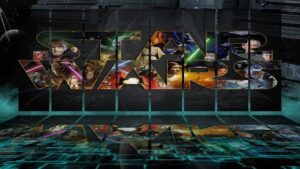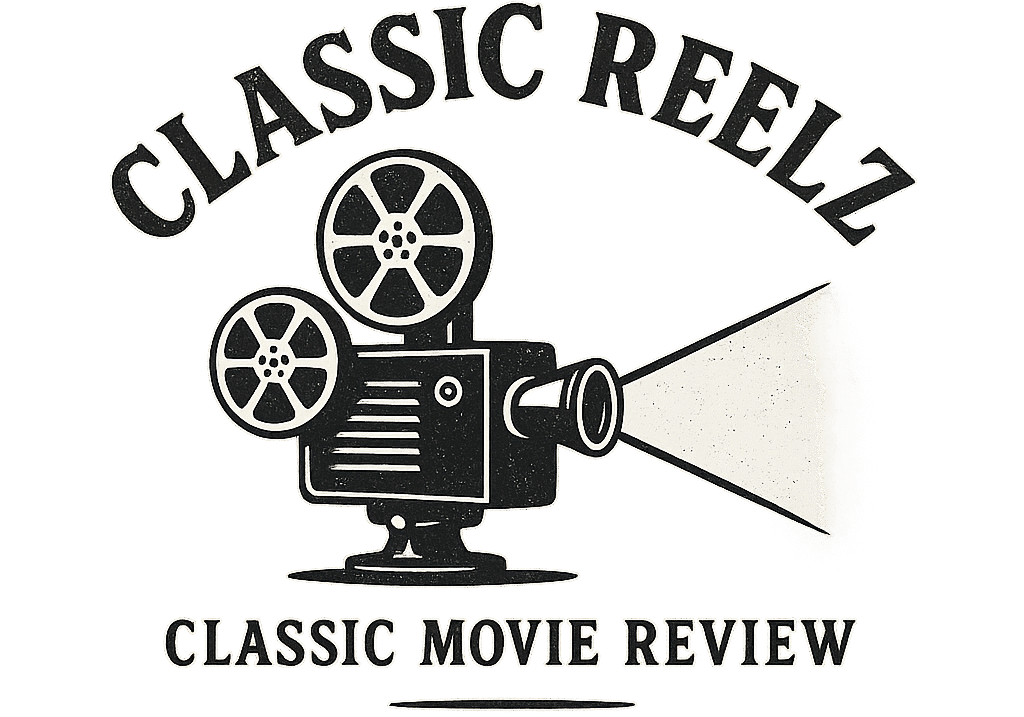
“A long time ago in a galaxy far, far away…” – with that legendary opening, Star Wars: A New Hope ignited a cinematic revolution that continues to echo across decades of storytelling, technology, and culture.
Directed by George Lucas, this first installment of the original trilogy (and the fourth episode in the larger saga) blends mythic storytelling, groundbreaking special effects, and unforgettable characters into an epic that feels both timeless and thrillingly immediate.
Plot and Structure
Set against the backdrop of a galactic civil war, A New Hope follows young farm boy Luke Skywalker (Mark Hamill), whose mundane life on the desert planet of Tatooine is upended when he discovers a message hidden in a droid. This chance encounter draws him into a rebellion against the tyrannical Galactic Empire and sets him on a path to heroism. Alongside Princess Leia (Carrie Fisher), smuggler Han Solo (Harrison Ford), and wise mentor Obi-Wan Kenobi (Alec Guinness), Luke embarks on a journey that combines space opera, coming-of-age narrative, and classic hero’s quest.
The script follows a clean and classic structure – the Call to Adventure, the reluctant hero, the wise old mentor, and the final confrontation – all of which are inspired by Joseph Campbell’s Hero with a Thousand Faces. Yet Lucas presents these archetypes with a fresh sci-fi sheen that feels exhilarating rather than derivative.
Performances and Characters
The cast is a blend of emerging talents and seasoned actors. Mark Hamill’s Luke is earnest and relatable, evolving convincingly from wide-eyed dreamer to determined rebel. Harrison Ford’s Han Solo steals scenes with his rugged charm and roguish bravado, while Carrie Fisher’s Leia breaks from the damsel-in-distress mold with fierce intelligence and leadership.
Alec Guinness lends gravitas and quiet strength to Obi-Wan, grounding the film with his veteran presence. And though Darth Vader is on screen for a limited time, the combination of David Prowse’s imposing physicality and James Earl Jones’ thunderous voice crafts one of the most iconic villains in film history.
Visual Effects and Design
A New Hope was nothing short of revolutionary in 1977. Industrial Light & Magic, formed for the film, pioneered motion control photography and miniature work that brought the Death Star, TIE fighters, and X-wings to life. The detail and design of alien worlds, starships, and creatures made the galaxy feel vast and lived-in.
John Williams’ legendary score amplifies the film’s emotional impact with unforgettable themes – from the heroic swell of the main title to the haunting motifs of the Force and Vader. It’s hard to imagine the saga’s power without the musical tapestry Williams wove.
Themes and Impact
At its core, A New Hope is about belief – in oneself, in something greater, and in the idea that even the smallest voice can change the course of history. It’s an optimistic story, born in a post-Vietnam, post-Watergate America that was hungry for hope and clarity between good and evil.
Culturally, the film was a lightning bolt. It redefined what blockbusters could be, kick-started the modern franchise model, and sparked generations of fandom. Its influence is immeasurable, touching not just film, but video games, television, literature, and toy merchandising.
Final Verdict
While Empire Strikes Back may be the critical favorite and Return of the Jedi offers satisfying conclusions, A New Hope remains the purest expression of what Star Wars is. It’s a perfect blend of adventure, wonder, and mythology – a film that speaks to the child in everyone and reminds us why we go to the movies.
A New Hope isn’t just a great Star Wars movie – it’s one of the greatest movies, period.
Rating: ★★★★★
An eternal classic that changed cinema and still soars nearly 50 years later.

Thanks @derrick, this review brought back a flood of memories—A New Hope wasn’t just a film, it was a cultural ignition for me when I was a teenager. I was just finishing high school when it ‘landed’, and by some twist of fate (and a few no-shows), my friends and I scored seats in the first week. No one believed us, but it felt like we’d joined a rogue party on a mission to witness history. The magic, the moment—it’s all still as vivid as if it was yesterday. And of course the film!
Thanks for rekindling that spark. Great review.
MarkA
I would have loved to have been there to see the opening myself. Thanks for sharing Mark!